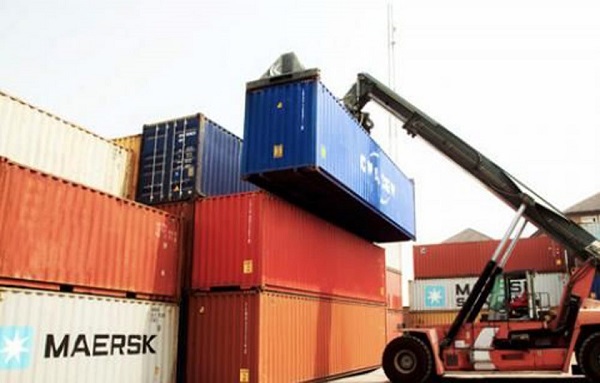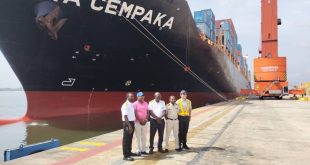
The latest updates from Xeneta and Sea-Intelligence show a bleak picture for the container market as container lines choose a price war over aggressive capacity management.
Xeneta’s data shows that on the five major front-haul routes out of Asia, contract rates were on average US$3,900 per FEU higher than spot rates as of December 12, 2022. The same measurement on February 12, 2022 was $810 per FEU.

“The corridor with the greatest fall was the Far East to US east coast, where a long-term premium of $5,180 per FEU in mid-December collapsed to $1,280 over the course of the next two months,” according to Xeneta.
The falling contract rates mark the end of a costly COVID crisis hangover for shippers and is also expected to spill over into the airfreight market.

As container congestion eased and spot prices began to fall, many shippers were left paying premium rates until contract renewals came around.

“Many shippers are looking to secure index-linked agreements to ensure they don’t miss out on future rates falls. In a recent webinar for Xeneta customers, almost a quarter of participants responded they were signing up for index-linked 12-month deals. Another one in five revealed they were shortening the length of their new long-term contracts to between three and six months to benefit from what is expected to be a continued downward trend,” according to Xeneta’s, Peter Sand.
“The fact they can follow these strategies clearly demonstrates their increased power at the negotiating table.”
Sea-Intelligence CEO Alan Murphy looked behind the rates and saw falling rates as a strategic decision by container lines.
“In September 2022 demand collapsed once again and kept dropping for the rest of 2022. The structural set up in the market at the end of 2022 was relatively unchanged compared to 2020, and as such, the carriers must be assumed to still have the same ability at the end of 2022 as they did in 2020 to reduce capacity in line with the collapse in demand,” said Mr Murphy.
“This can only be seen as a choice on the part of the carriers. A choice to allow overcapacity to persist is also a choice to allow for low utilisation and thus to allow for freight rates to continue to drop. This is a behavior we know by a different word: A price war.”
 MMS PLUS NG – Maritime, Aviation, Business, Oil and Gas News Online Newspaper with coverage in Maritime, Oil and Gas, Aviation, Power and Energy as well as Financial News
MMS PLUS NG – Maritime, Aviation, Business, Oil and Gas News Online Newspaper with coverage in Maritime, Oil and Gas, Aviation, Power and Energy as well as Financial News









